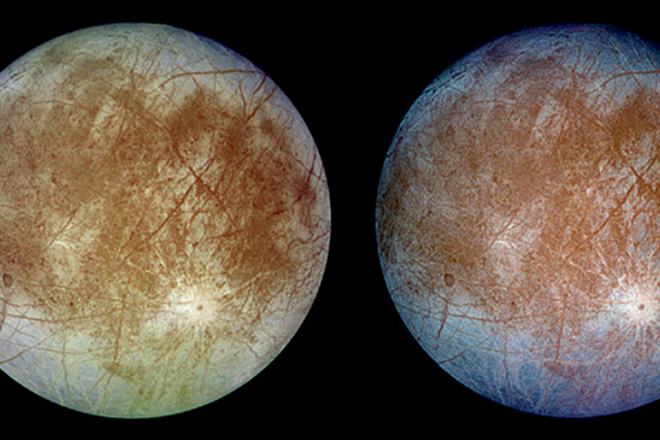WASHINGTON : The icy shell of Jupiter’s moon Europa may have plate tectonics similar to those on Earth, which may have important implications for the possibility of life in the ocean beneath the moon’s surface, scientists say.
The presence of plate tectonic activity could have important implications for the possibility of life in the ocean thought to exist beneath the moon’s surface.
The study, published in Journal of Geophysical Research: Planets, uses computer modelling to show that subduction – when a tectonic plate slides underneath another and sinks deep into a planet’s interior – is physically possible in Europa’s ice shell.
The findings bolster earlier studies of Europa’s surface geology that found regions where the moon’s ice shell looks to be expanding in a way that is similar to the mid-ocean spreading ridges on Earth.
The possibility of subduction adds another piece to the tectonic puzzle.
“We have this evidence of extension and spreading, so the question becomes where does that material go?” said Brandon Johnson, from the Brown University in the US.
“On Earth, the answer is subduction zones. What we show is that under reasonable assumptions for conditions on Europa, subduction could be happening there as well, which is really exciting,” Johnson said.
Part of the excitement, Johnson noted, is that surface crust is enriched with oxidants and other chemical food for life.
Subduction provides a means for that food to come into contact with the subsurface ocean scientists think probably exists under Europa’s ice.
“If indeed there’s life in that ocean, subduction offers a way to supply the nutrients it would need,” Johnson said. (AGENCIES)
Trending Now
E-Paper


